Improving Tuberculosis Preventive Therapy Uptake in Kenya
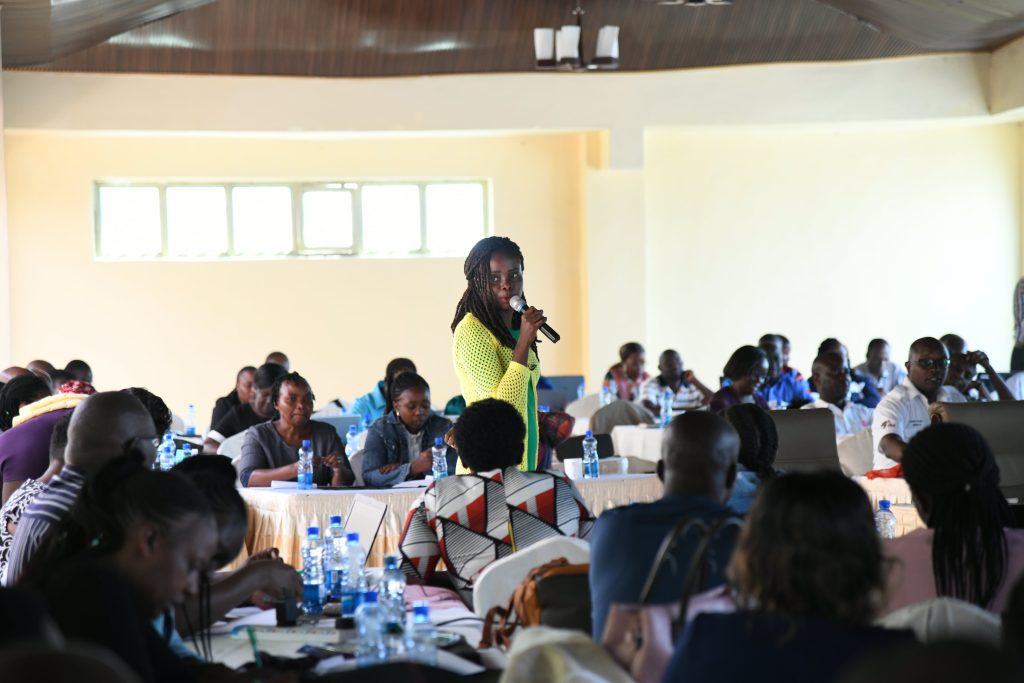
Tuberculosis preventive therapy (TPT) is highly effective at preventing tuberculosis disease in household contacts, however, it is not well implemented, not just in Kenya but worldwide. The World Health Organization recommends symptom-based screening to simplify TB contact evaluation and improve implementation.
This week, the National TB Program, in collaboration with counties and supporting partners, has been reviewing TPT data at the Legacy Hotel in Nakuru County. The review meeting brought together county TB coordinators, county HIV coordinators, subcounty TB coordinators, implementing partners, and national staff from the TB Program and the National AIDS and STI Control Program.
In 2021–2023, Kenya rolled out the new TPT recommendations in a phased approach. This was based on the availability of commodities and funds from both the Global Fund and implementing partners. The new TPT guidelines recommend the inclusion of shorter regimens and an expansion of the eligible population. The target population for TPT includes people living with HIV, all household contacts, health care workers and those working in health care settings, prisoners and staff working in prison settings, as well as clinical at-risk populations, e.g., those preparing for dialysis.
The current regimens for TPT include: 3HP (rifapentine/isoniazid), which is taken once a week for 12 weeks for all persons above 14 years regardless of HIV status; 3RH (rifampicin/isoniazid), which is taken once daily for 3 months for children below 15 years HIV negative; and 6H (isoniazid), which is recommended daily for 6 months for pregnant and lactating women, plus anyone who cannot tolerate 3HP and 3RH.
In the period under review, there were 47,035 pulmonary bacteriologically confirmed cases and out of these, 24% (11,331) had their contacts listed and screened. There were 28,344 contacts that were identified from the 11,331 index cases, and all of these were screened.
26,386 contacts were asymptomatic and from these, 18,387 (70%) were initiated on TPT. Some of the reasons given for not achieving 100% coverage among this group were stockouts of TPT and refusals by the household contacts to take TPT.
For the symptomatic contacts, 493 (25%) were diagnosed with TB; six of these were diagnosed with DR-TB, and all were started on treatment. In addition, a total of 14,948 HCWs were initiated on TPT in 2022.
Better TPT completion rates were documented among household contacts (84%) as compared to health care workers (80%) who were initiated on TPT in Q1 and Q2. Some of the challenges affecting TPT completion are mainly attributed to the late updating of TPT outcomes (14% of those initiated on TPT had no outcomes in the TIBU system).
183 out of 18,387 (1%) clients discontinued TPT in 2022 due to the development of adverse drug reactions (ADRs) and poor adherence.
From the HIV program, it was noted that there is good progress in terms of cumulative numbers of persons put on TPT, at 88% of those in care. The completion rates for those who were initiated on TPT in Quarters 1 and 2 of 2022 were at 86%, which was a great improvement compared to those who were initiated on TPT in Quarters 3 and 4 of 2021.
The counties also had an opportunity to share their county performance, including some of the best practices that they have put in place to ensure a successful rollout of TPT.

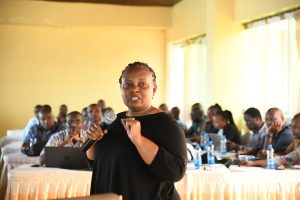

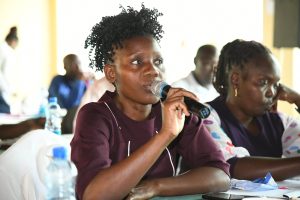

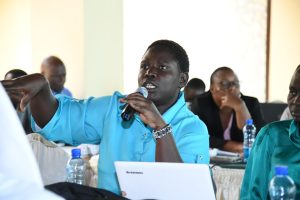
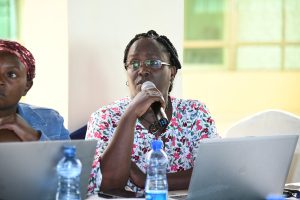
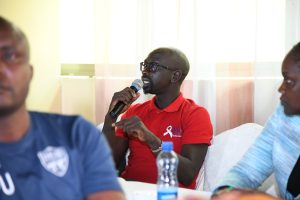
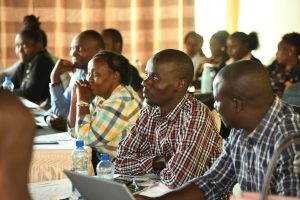
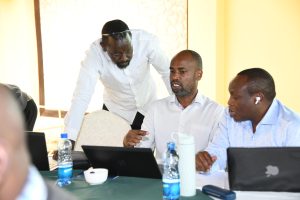
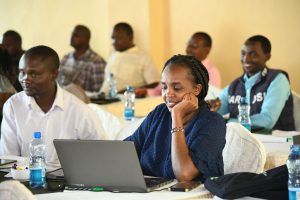


Thanks for sharing this.